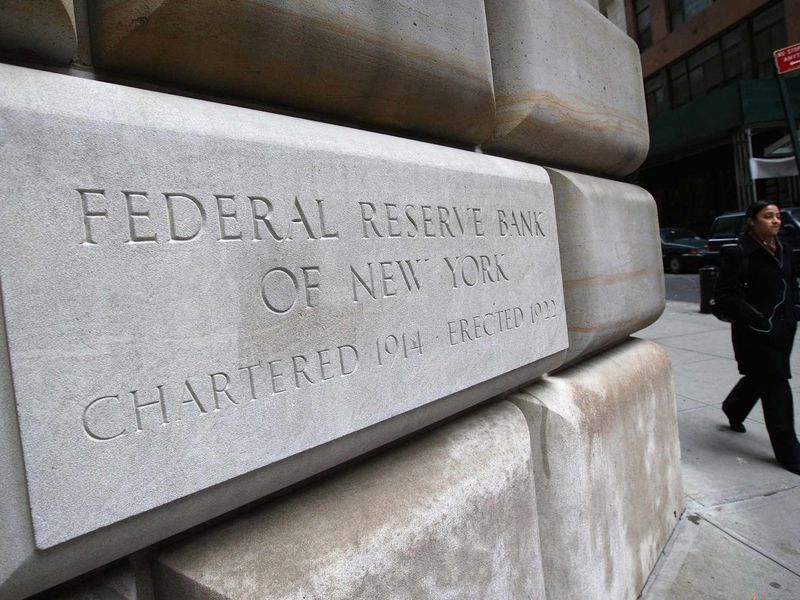
Auto lending slowed in the second quarter, the Federal Reserve Bank of New York said last week in a report, as the coronavirus pandemic ravaged millions of American jobs and curbed consumer spending. Household debt across lending products fell for the first time in six years.
Auto originations declined 13 percent in the second quarter to $135.9 billion, the Fed said. New credit extended to auto consumers in the lowest credit tiers saw the sharpest declines, reflecting a tighter lending environment as unemployment remains high and lenders balance risk in their portfolios. Auto originations to consumers with credit scores below 620 dropped 23 percent, the Fed said. Originations to those in the range of 620 to 659 fell 18 percent, the report said.
Jessica Caldwell, executive director of insights at Edmunds, said auto sales performed much better in the second quarter than estimated at the onset of the pandemic. But many improvements in credit metrics, particularly on new-vehicle transactions, aren’t what they seem. In Edmunds’ own data, for example, the number of consumers approved for auto loans with high interest rates dropped in the quarter.
“It paints a bit of a rosier picture, but the dark side is we’ve eliminated those folks that would have dragged down those figures,” she said. “When we look at people who paid over 10 percent interest rates — that dropped. And that’s not a reflection of the low interest rate environment.
“The people generally in that sector are out of the market completely.”
Provisions in the Coronavirus Aid, Relief and Economic Security Act bolstered consumer credit health in the second quarter, which the New York Fed believes may be concealing further economic damage wrought by the pandemic. Fewer auto accounts transitioned into severe delinquency in the quarter as customers leveraged stimulus checks to pay down debt and requested payment relief from lenders. Auto accounts more than 90 days past due dipped to 2.26 percent from 2.37 percent in the first quarter.
“Protections afforded to American consumers through the CARES Act have prevented large-scale delinquency from appearing on credit reports and damaging future credit access,” Joelle Scally, administrator of the Center for Microeconomic Data at the New York Fed, said in a statement. “However, these temporary relief measures may also mask the very real financial challenges that Americans may be experiencing as a result of the COVID-19 pandemic and the subsequent economic slowdown.”
The bank said total auto loan debt rose 3 percent year over year to $1.34 trillion in the second quarter, a 0.7 percent slip from the first quarter. Nonhousing debt, which includes auto loans, student loans and credit cards, fell by $86 billion, the largest decline in the history of the report. Credit card balances drove the difference, falling $76 billion, another record-setting decline for the report.
Mortgage balances, which make up the largest portion of U.S. household debt, grew exponentially in the second quarter, up $63 billion to $9.78 trillion. The total U.S. debt balance is now $14.27 trillion, a 0.2 percent decline from the first quarter.